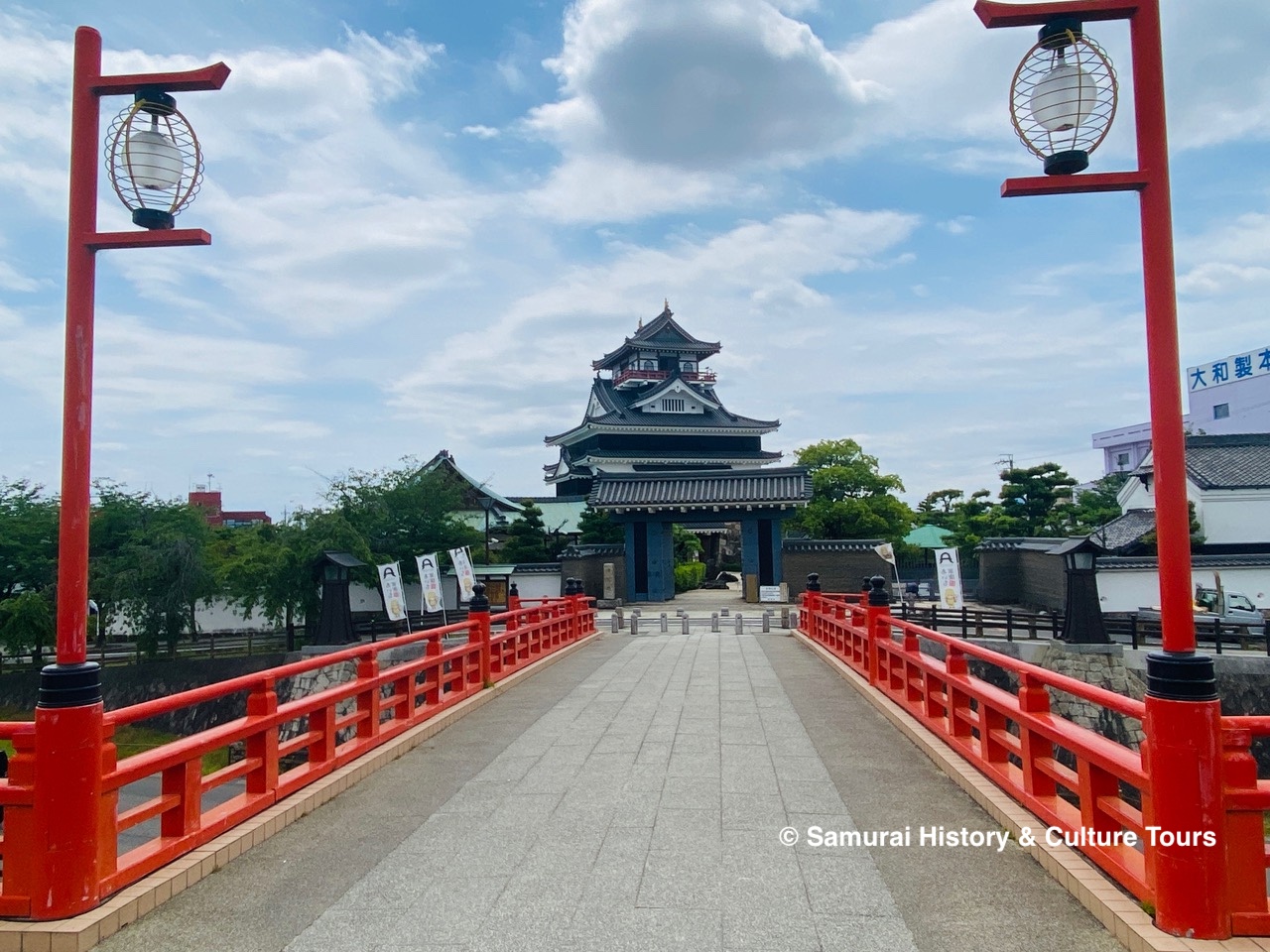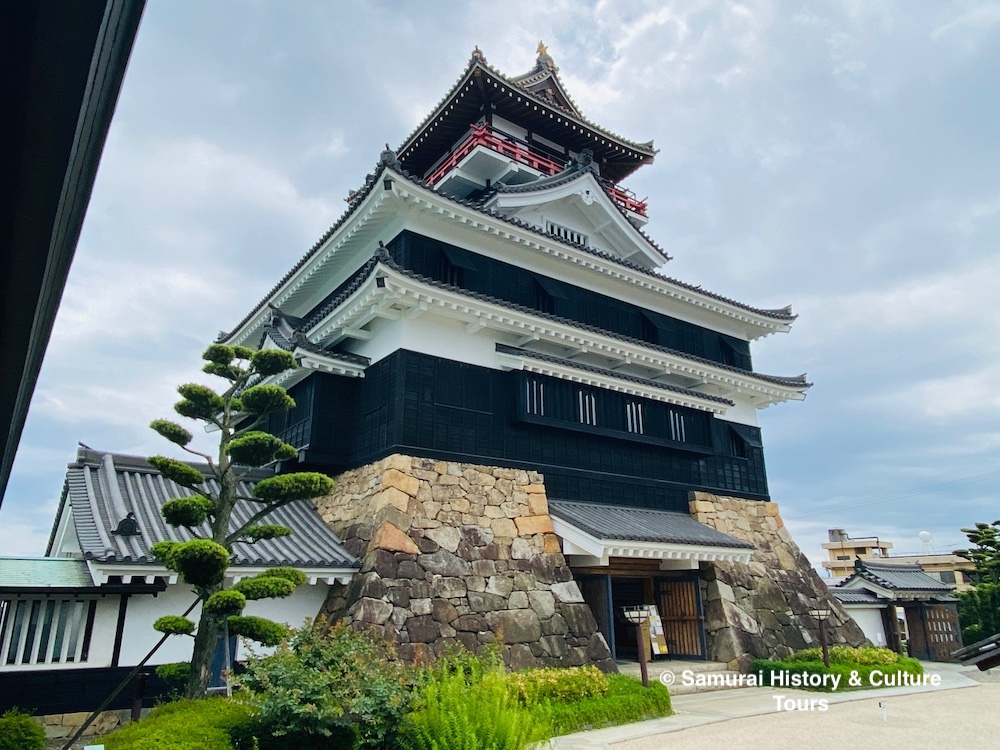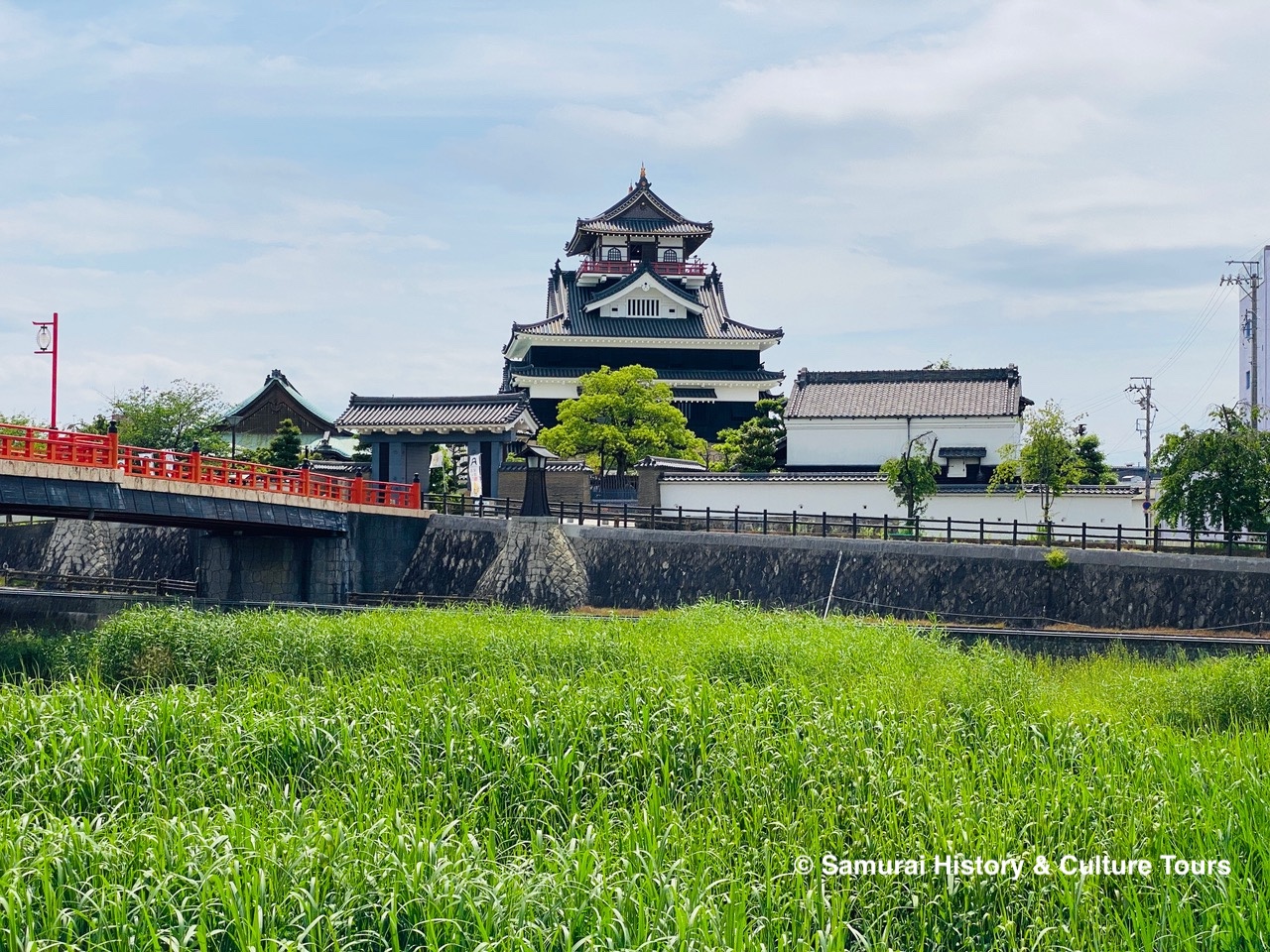Stories
KiyoKiyosu, The Castle of Control, Conspiracy, Complicity and Consequence

Kiyosu Castle, The Samurai Battle Castle
One of the more significant castles of the Warring States period, Kiyosu Castle was first built around 1405 by Shiba Yoshishige, the Governor of Owari, as a major strategic defense, and later the seat of power for the Owari (now western Aichi Prefecture) region. In 1555, after his father’s death, Oda Nobunaga enlisted the help of his uncle, Oda Nobumitsu, and together they captured the strategically located Kiyosu Castle. Nobunaga then moved from his base from the original Nagoya Castle to Kiyosu.
Two years later, Nobunaga’s younger brother Nobuyuki is believed to have conspired against him. Nobunaga discovered his brothers’ plot to oust him and faked an illness to draw his brother close. When Nobuyuki came to pay his respects to his “ill” brother, Nobunaga is said to have assassinated him within Kiyosu Castle, eliminating any opposition and ensuring clan stability.
Kiyosu Castle would remain Nobunaga’s base for many years. During that time, Kiyosu grew to be one of Japan’s more vibrant cities, spurred on by Nobunaga’s economic reforms and heightened security. The castle once extended 1.6 kilometers east-west, and 2.8 kilometers north- south, having an outer, central and inner moat system.
Kiyosu Castle was the starting point for many of the historically significant samurai battles that took place in the violent Sengoku or Warring States Period (1450-1615). The battles of Ino (1556) , Ukino (1558) and the major Battle of Okehazama (1560), in which Nobunaga is said to have defeated a 25,000 invading Imagawa army with just 2,500 of his own men. Also the battles of Anegawa (1570), and Nagashino (1575) are seen as Nobunaga’s first steps towards gaining control of the nation, and all commenced from this castle. Even later battles such as Sekigahara (1600) were all initially launched from Kiyosu, then the property of the Tokugawa allied Fukushima Masanori.

Kikyosu Kaigi
On July 16, 1582, just weeks after Nobunaga was killed at the Honno-ji Temple in Kyoto, a vitally important meeting, known as the Kiyosu Kaigi, or the Kiyosu Conference regarding the Oda clan’s succession was staged at Kiyosu Castle.Here, Toyotomi Hideyoshi would usurp Oda power and authority. In 1586, four years after Nobunaga’s death, his second son Nobukatsu undertook large scale improvements, building a tower keep on the main Honmaru compounds’ northern edge. Kiyosu Castle would then see a variety of masters until the Battle of Sekigahara in 1600, before beingdecommissioned around ten years later.
As the Tokugawa Shogunate had decided that one castle in the region was enough, many smaller castles in the surrounding area were demolished in favor of the new Nagoya Castle, and Kiyosu Castle was decommissioned and dismantled for that very reason. Much of the stonework from the walls, as well as timbers from the various structures were all recycled. As per the times, nothing was wasted. The main castle keep of Kiyosu was dismantled and reconstructed as a three-story north-western corner watchtower of Nagoya Castle.
Nagoya Castle’s Inui Yagura
On the northwest corner of Nagoya Castle stands a sturdy looking yagura watchtower. the northwestern tower is also known as the Kiyosu Yagura, as the materials used were from the keep of Kiyosu Castle.

The hurriedly dismantled timbers of Kiyosu’s tower keep were brought to Nagoya Castle and used build the impressivenorthwest, or Inui corner tower. Although the same timbers were used, it appears that the parts were not used in the same position or role. Some support pillars became beams, roofing parts were used in walls, and the remains of old mortise joints, holes in the wood from the timber’s original usage can still be seen. These are accepted as proof of the timbers having come from Kiyosu.
Kiyosu Castle and It’s Features Today
Kiyosu Castle was reconstructed in concrete in 1989. However, the castle tower is not where the real Kiyosu Castle keep used to be, but around 100 meters west across the red balustrade bridge in front, on the opposite side of the river.

The JR Tokaido Line and the Tokaido Shinkansen Bullet Train railway lines run right through the middle of the actual Honmaru, the very center of Nobunaga’s Kiyosu Castle grounds separating it into two sections. The southern half of Kiyosu Castle is now a park featuring a fine statue of Oda Nobunaga in full armor, with another of his wife, Princess No-Hime, looking on. The northern section, where the castle tower was once located, is now the site of the souvenir shop, the Kiyosu Furusato no Yakata. Below that is an armory, where one can see hand made samurai armor being replicated in aluminium. Armour crafted in this workshop is used in the annual Kiyosu Castle Nobunaga Festivalparade. The grassy section behind the souvenir stall has a stone marker pointing out the keep site, and also has a small shrine dedicated to Nobunaga on it.
The current reconstructed Kiyosu Castle is now a symbol of Kiyosu City and a well-planned museum featuring some fascinating displays and artifacts regarding the castles’ history, its part in the many battles of the Period of Warring States, and the charismatic man who was its master for around ten years, Oda Nobunaga.


